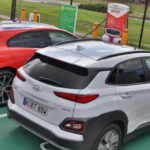
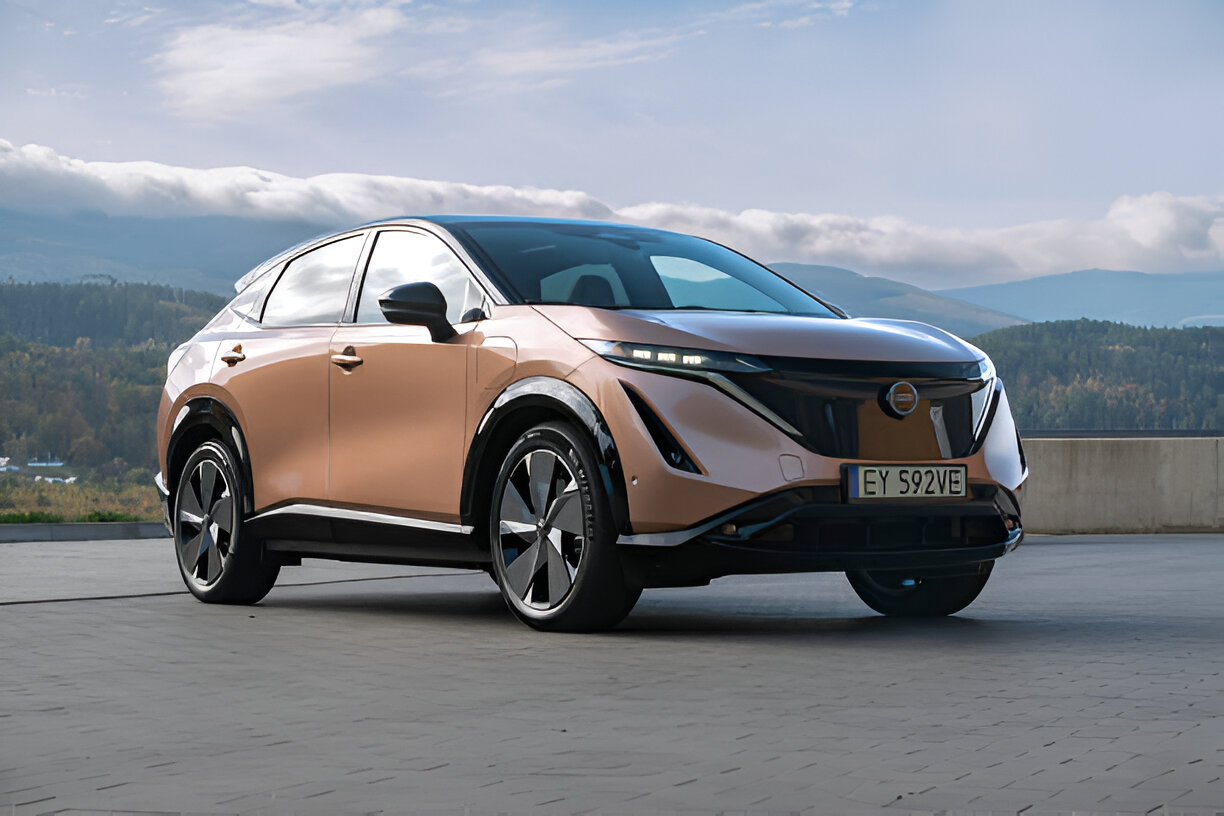
EV Model Comparison
EV Model Comparison: An Objective Analysis of Popular Electric Vehicles in Canada
In the rapidly evolving electric vehicle market, Canadian consumers have more options than ever before. This analysis is an EV Model Comparison in Canada, examining their key specifications, pricing, and real-world performance to help potential buyers make informed decisions.
Tesla Model Y
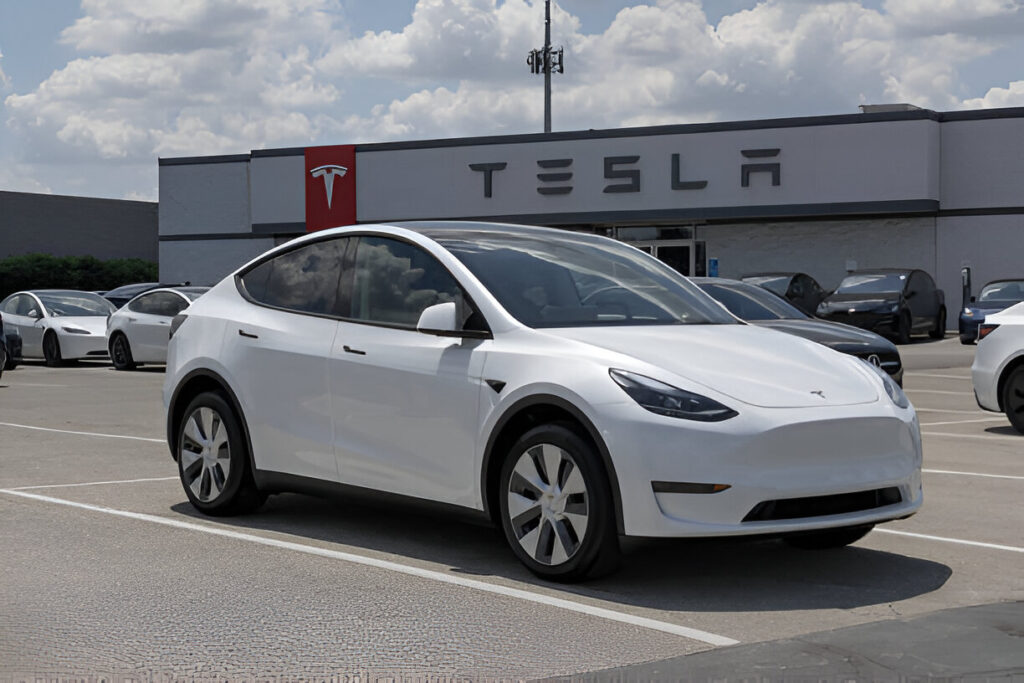
| Specification | Details |
|---|---|
| Range | 525 km |
| Base Price | $59,990 CAD |
| Charging (10-80%) | 25 minutes |
| 0-100 km/h | 5.0 seconds |
| Cargo Space | 854 L |
| Tax Incentives | $5,000 Federal |
| Winter Range Loss | ~30% |
Standout Features: Supercharger network access, over-the-air updates, minimalist interior
Hyundai IONIQ 5
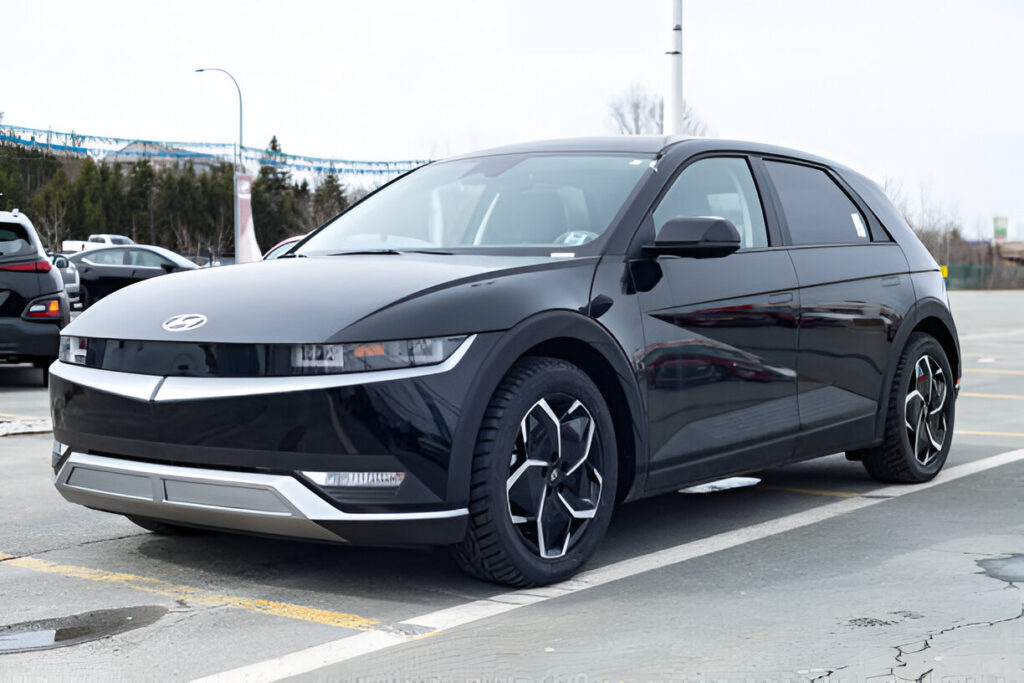
| Specification | Details |
|---|---|
| Range | 488 km |
| Base Price | $54,999 CAD |
| Charging (10-80%) | 18 minutes |
| 0-100 km/h | 5.2 seconds |
| Cargo Space | 770 L |
| Tax Incentives | $5,000 Federal + Provincial* |
| Winter Range Loss | ~35% |
Standout Features: 800V architecture, vehicle-to-load capability, retro-futuristic design
Ford Mustang Mach-E
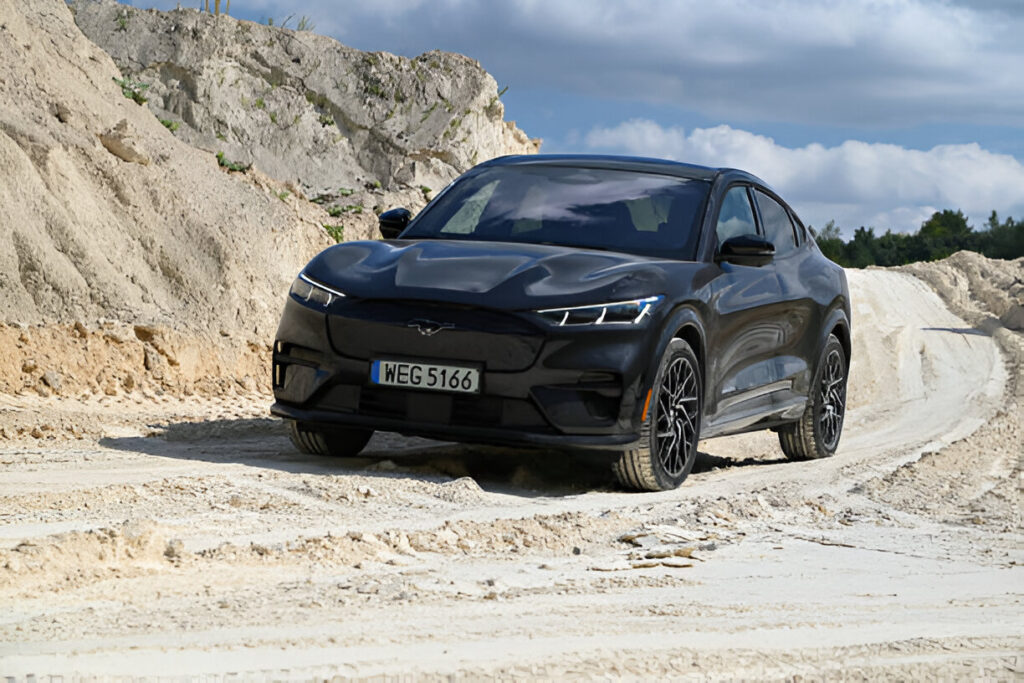
| Specification | Details |
|---|---|
| Range | 502 km |
| Base Price | $56,995 CAD |
| Charging (10-80%) | 45 minutes |
| 0-100 km/h | 5.8 seconds |
| Cargo Space | 840 L |
| Tax Incentives | $5,000 Federal |
| Winter Range Loss | ~40% |
Standout Features: Traditional SUV feel, BlueCruise hands-free driving system, front trunk
Volkswagen ID.4
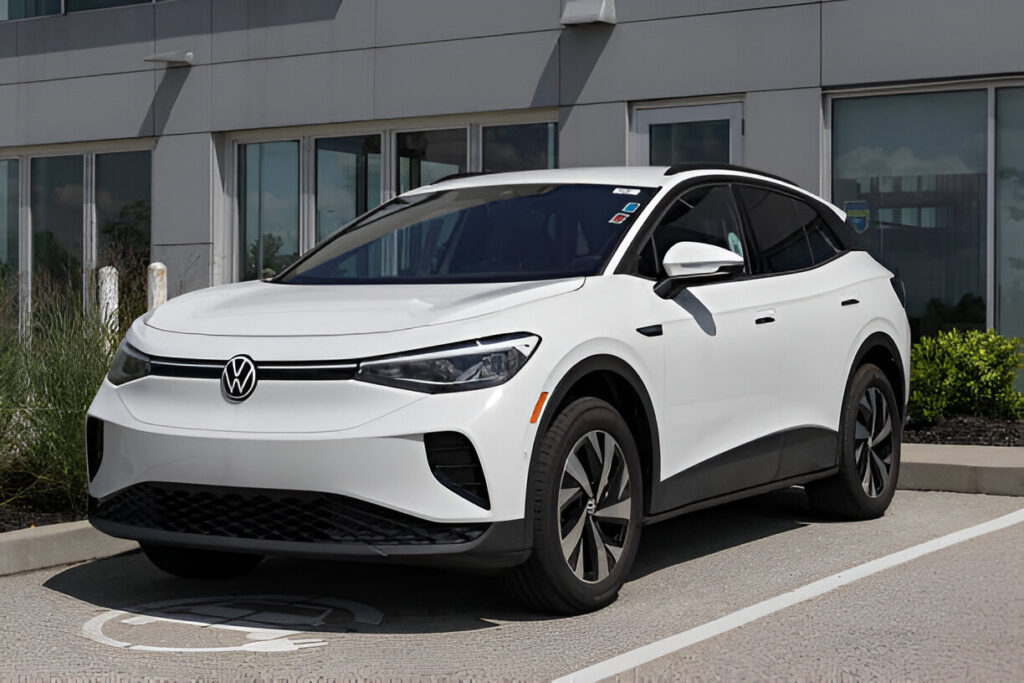
| Specification | Details |
|---|---|
| Range | 410 km |
| Base Price | $49,995 CAD |
| Charging (10-80%) | 38 minutes |
| 0-100 km/h | 7.6 seconds |
| Cargo Space | 858 L |
| Tax Incentives | $5,000 Federal + Provincial* |
| Winter Range Loss | ~38% |
Standout Features: German build quality, 3 years free charging, spacious interior
Chevrolet Bolt EUV
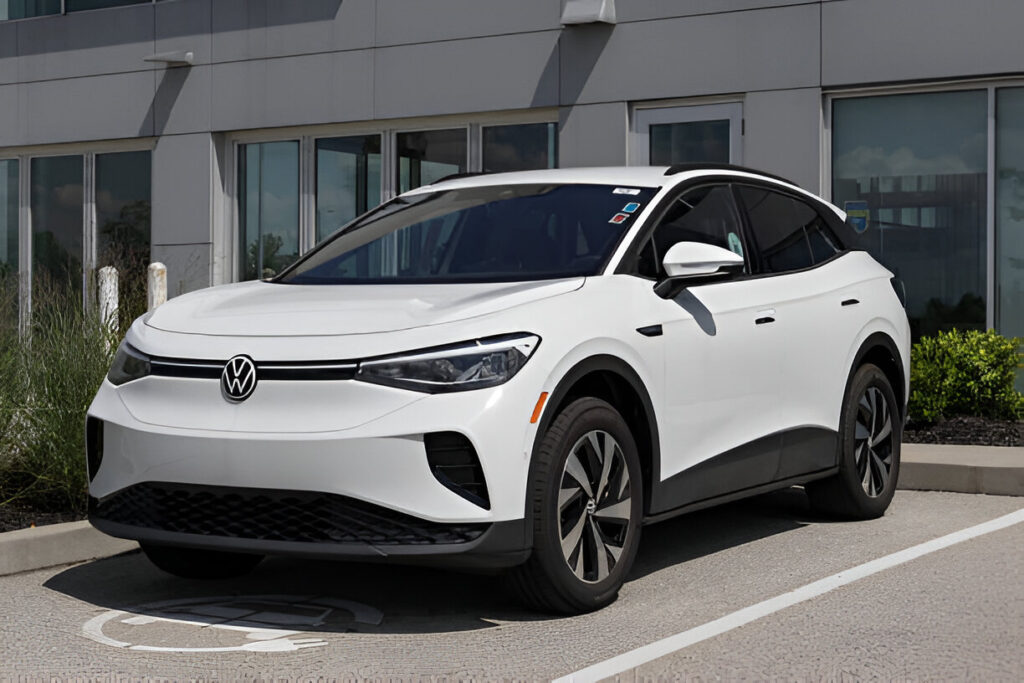
| Specification | Details |
|---|---|
| Range | 397 km |
| Base Price | $40,895 CAD |
| Charging (10-80%) | 60 minutes |
| 0-100 km/h | 7.0 seconds |
| Cargo Space | 462 L |
| Tax Incentives | $5,000 Federal + Provincial* |
| Winter Range Loss | ~45% |
Standout Features: Lowest price point, Super Cruise available, compact dimensions
Kia EV6
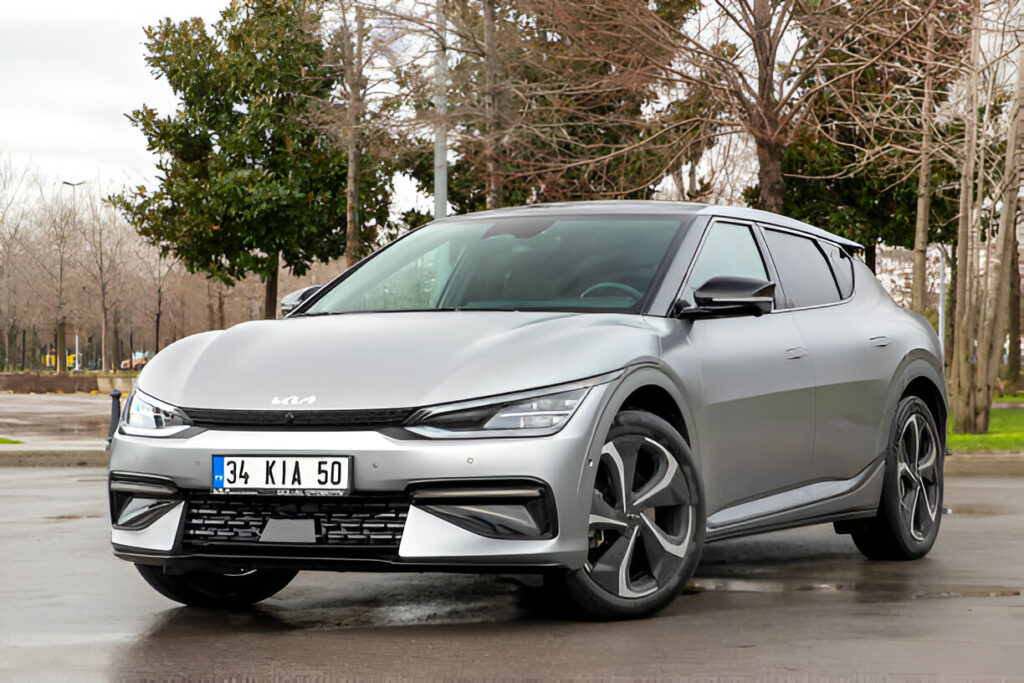
| Specification | Details |
|---|---|
| Range | 499 km |
| Base Price | $54,995 CAD |
| Charging (10-80%) | 18 minutes |
| 0-100 km/h | 4.6 seconds |
| Cargo Space | 690 L |
| Tax Incentives | $5,000 Federal + Provincial* |
| Winter Range Loss | ~35% |
Standout Features: Sporty handling, 800V fast charging, futuristic design
Polestar 2
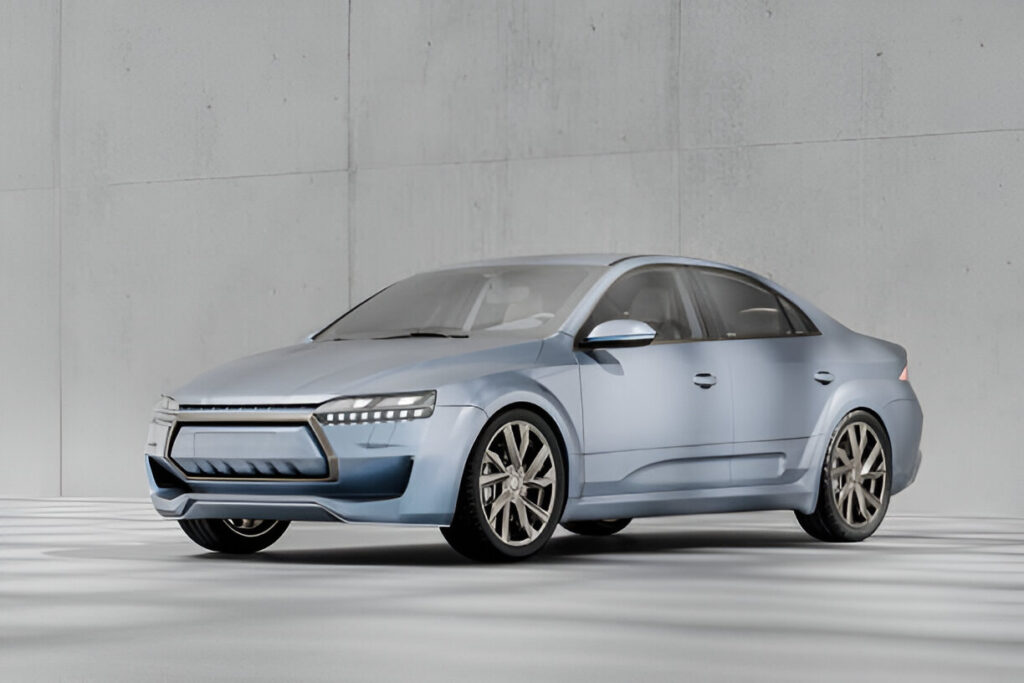
| Specification | Details |
|---|---|
| Range | 446 km |
| Base Price | $55,950 CAD |
| Charging (10-80%) | 35 minutes |
| 0-100 km/h | 4.7 seconds |
| Cargo Space | 405 L |
| Tax Incentives | $5,000 Federal |
| Winter Range Loss | ~32% |
Standout Features: Minimalist Scandinavian design, Google-based infotainment, performance-oriented
Nissan Ariya
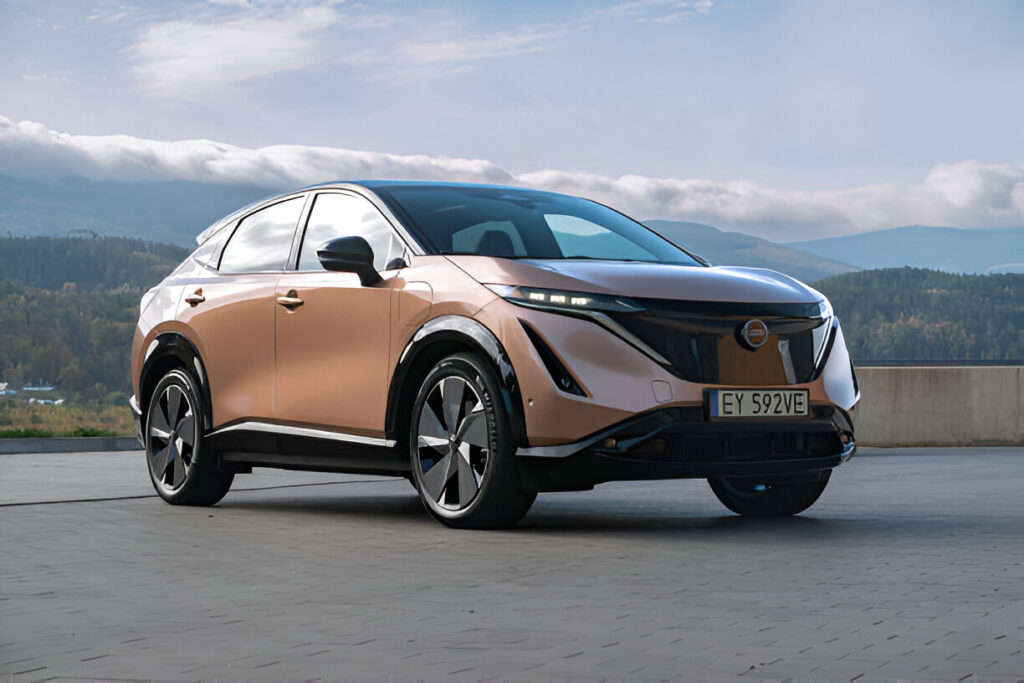
| Specification | Details |
|---|---|
| Range | 465 km |
| Base Price | $52,998 CAD |
| Charging (10-80%) | 35 minutes |
| 0-100 km/h | 7.2 seconds |
| Cargo Space | 646 L |
| Tax Incentives | $5,000 Federal + Provincial* |
| Winter Range Loss | ~38% |
Standout Features: E-4ORCE AWD system, ProPILOT 2.0, lounge-like interior
*Provincial incentives vary by province. Quebec offers up to $7,000, BC offers up to $4,000, and other provinces may offer additional incentives.
Key Factors to Consider When Shopping for an EV in Canada
Range and Winter Performance
Range anxiety remains a significant concern for Canadian buyers, especially considering our harsh winters. In the above EV Model Comparison, All EVs experience range reduction in cold weather, but the severity varies by model. Tesla vehicles typically handle winter conditions best, with the Model Y losing approximately 30% range in sub-zero temperatures. The Chevrolet Bolt EUV suffers most in winter, losing up to 45% of its stated range.
Charging Infrastructure
Tesla’s proprietary Supercharger network remains a significant advantage, offering widespread, reliable fast-charging stations across Canada. However, the CCS and CHAdeMO public charging networks are expanding rapidly, particularly along major highways and in urban centers.
The Hyundai IONIQ 5 and Kia EV6 stand out with their 800V architecture, enabling some of the fastest charging speeds available (10-80% in just 18 minutes under ideal conditions).
Value Proposition
The Chevrolet Bolt EUV offers the lowest entry price at $40,895, making it an excellent value option with nearly 400 km of range. However, buyers seeking more premium features, better performance, and faster charging may find the slightly higher-priced Hyundai IONIQ 5 or Kia EV6 more appealing.
Practical Considerations
For families, cargo space matters. The Volkswagen ID.4 leads the pack with 858 liters, closely followed by the Tesla Model Y at 854 liters. The Polestar 2, while impressive in performance, offers substantially less cargo capacity at 405 liters.
Regional Incentives
Canadian EV buyers should be aware of available incentives:
- Federal iZEV program: Up to $5,000 for qualifying vehicles
- Quebec: Additional rebates up to $7,000
- British Columbia: Up to $4,000 in provincial incentives
- Other provinces have varying additional programs
The Verdict
There’s no single “best EV” for all Canadian consumers. Your ideal choice depends on prioritizing specific factors:
- Best Overall: Tesla Model Y balances range, charging network, and performance
- Best Value: Chevrolet Bolt EUV offers excellent range per dollar
- Best Charging Speed: Hyundai IONIQ 5 and Kia EV6
- Best Performance: Kia EV6 GT (0-100 km/h in 3.5 seconds)
- Best Winter Performance: Tesla Model Y
- Best Cargo Capacity: Volkswagen ID.4
As the EV market continues to evolve rapidly, new models entering the Canadian market will likely shift these recommendations. Always test drive multiple vehicles and consider your specific needs before making a final decision.
Add a comment Cancel reply
Comments (0)
Tesla vs BYD — The Ultimate Electric Car Comparison 2025
[…] Compare top EVs side by side with the EVTrade.ca EV Comparison Tool. […]
Categories
- Car News (10)
- Car Reviews (7)
- Educational Tips (7)
- Electric Cars (9)
- EV Battery (1)
- EV Charging (8)
- EV Testing (3)
- Uncategorized (28)
Recent Posts
Related posts


How to buy Used Cars in Toronto: 10 Tips You Must Know

Top 10 Electric Cars to Watch in 2025



